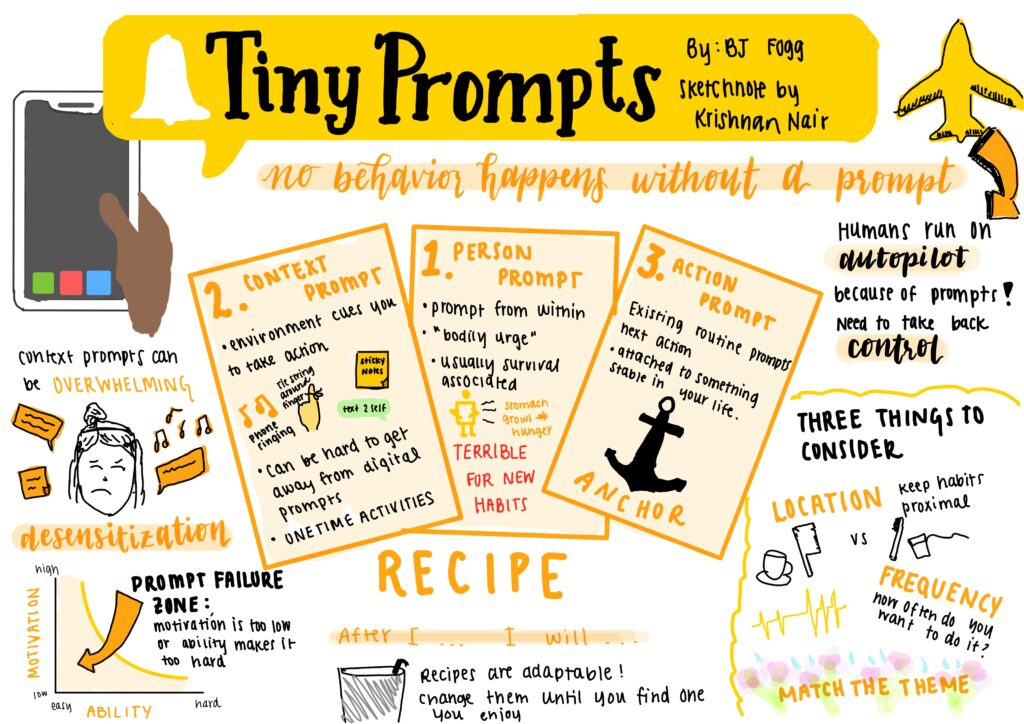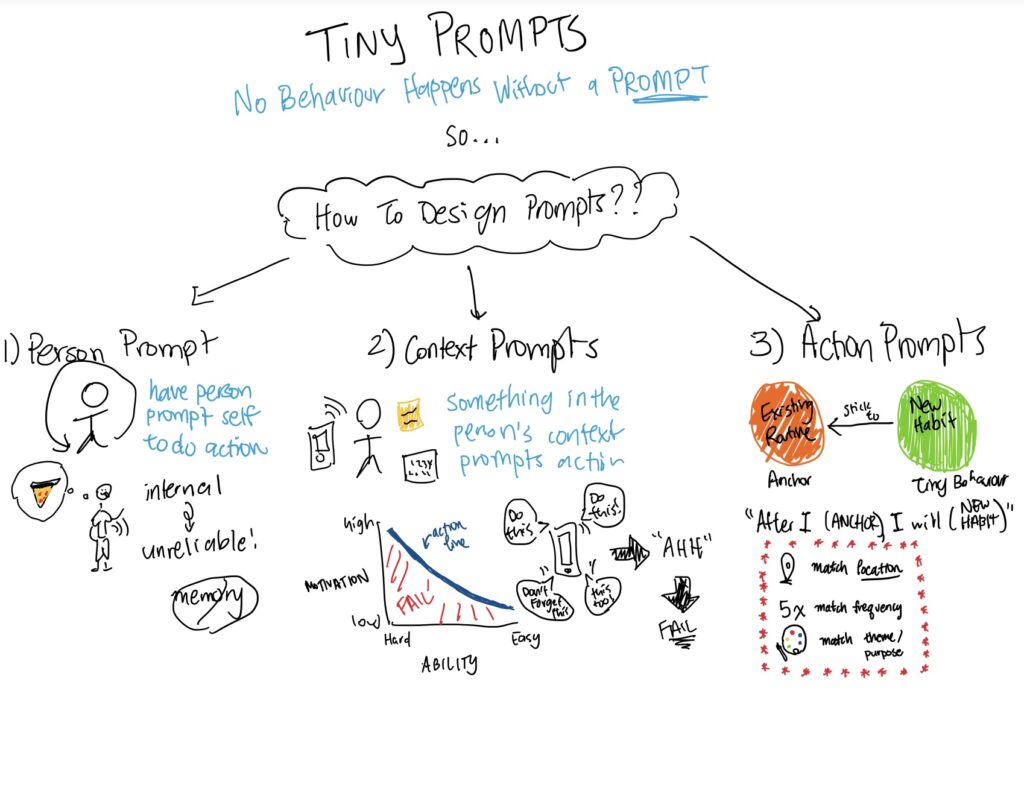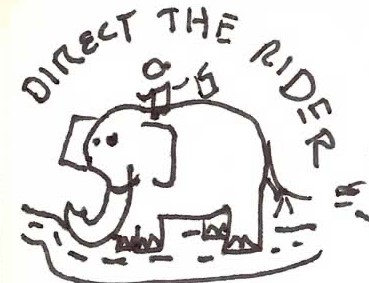What role does the concept of “loss aversion” play in buyer resistance? How can product managers leverage this knowledge to facilitate the adoption of new features?
“Loss aversion” refers to the psychological effect of being far more resistant to losses than equivalent gains. This leads to two corollary effects: the endowment effect, in which people value the current products they own as opposed to a potential new one, and the status quo bias, where people prefer to keep what they have in lieu of switching to a new, better alternative.
PMs should market new features as always bringing a gain of something, or at least a substitution, rather than the removal of something. If something should be removed, it should be made up for by the adoption of 2-3 novel things, as Gourville states: “The gains from the wager must outweigh the losses by a factor of between two and three before most people find such a bet attractive.” In addition to that, PMs should ensure that the transition between old and new features should be as frictionless as possible, in order to quickly orient the users with the new state of things, and ensure that for every risky, Long Haul-style product change, there should be a raft of Easy Sells to come with it.



